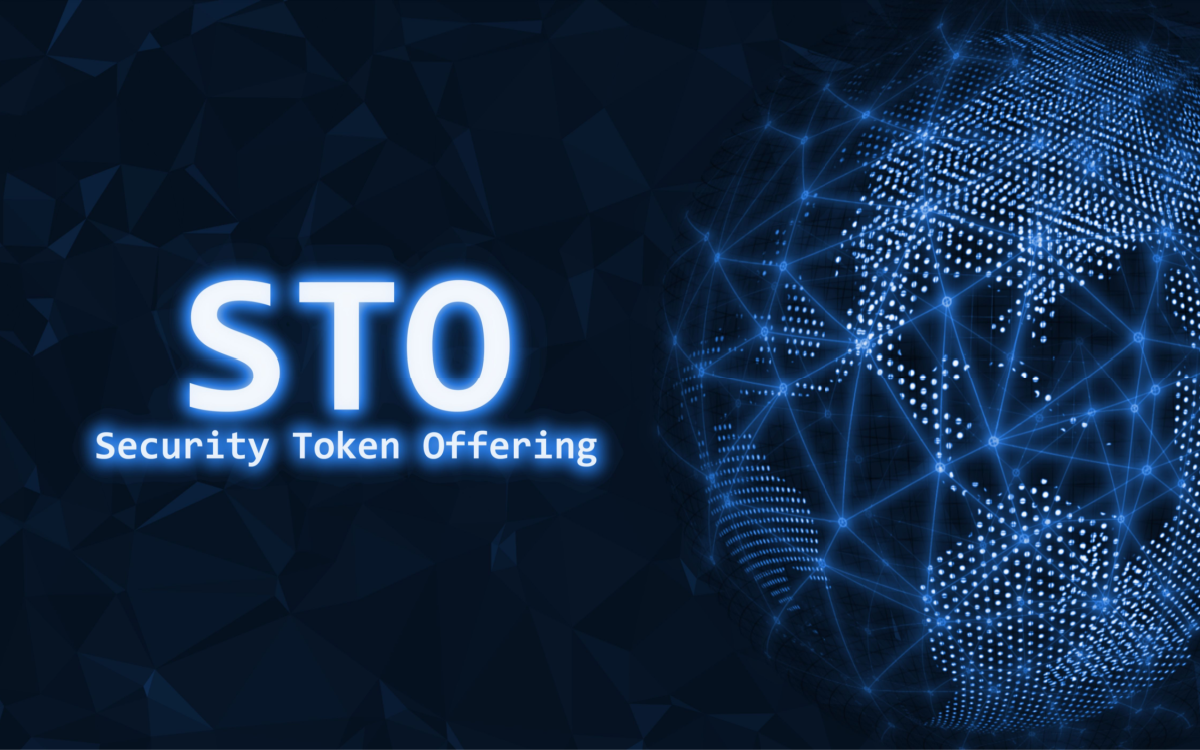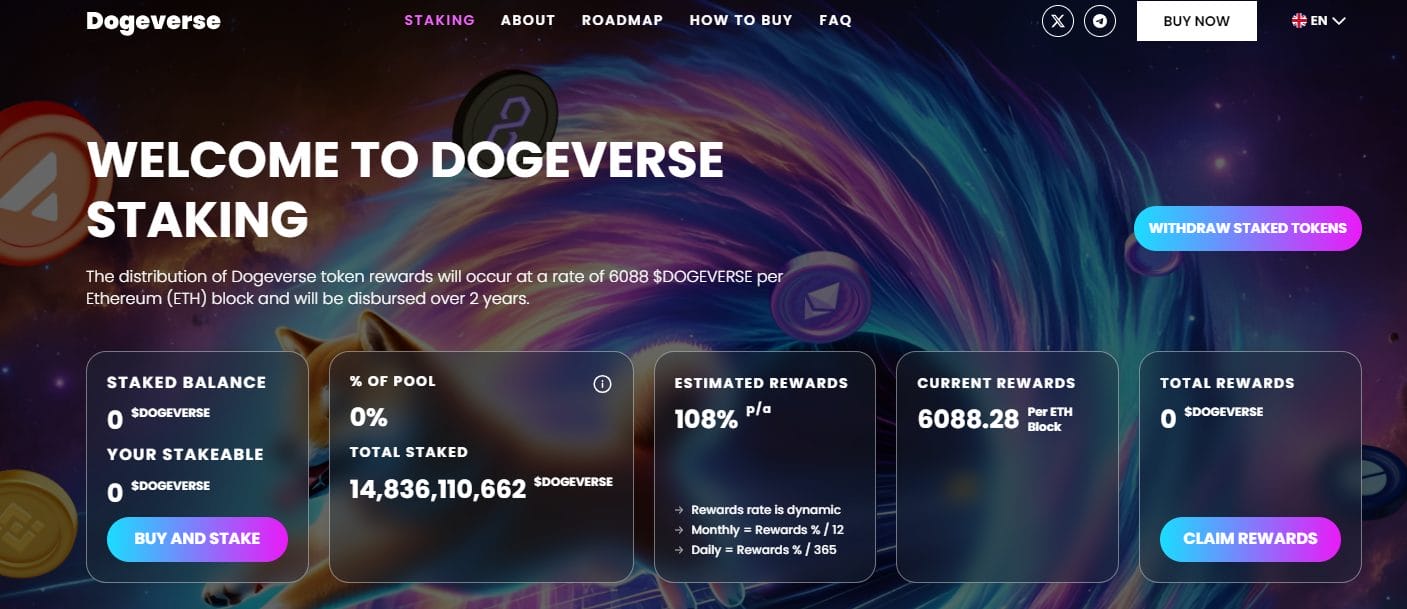What is a Security Token Offering (STO)?

An STO – Security Token Offering – is a fundraising method in which a company sells security tokens to investors in exchange for funding. Security tokens are a type of cryptocurrency that can hold assets such as stock, commodities, or real estate. STOs offer a regulated and safe way for investors to take part in blockchain-based investments and can bring liquidity to otherwise illiquid markets.
By the end of this in-depth analysis, you’ll be able to answer the question, “What is an STO?” as well as differentiate between an STO and an ICO (Initial Coin Offering).
Explained: What is an STO?
STO stands for security token offering. It’s the process of exchanging money for tokens, which represent their investment, similar to an ICO (Initial Coin Offering). An STO takes this a step further and sends out tokens that fall under the status of securities. STO crypto tokens can be issued by a business or the government and can represent physical or financial assets, such as real estate or corporate stock.
To simplify what does STO mean, it represents shares in valuables, such as financial products, investments, securities, and commodities, that are stored on a blockchain. STOs have been widely recognized by investors for their ability to create liquid assets from illiquid assets using blockchain technology.
How Do STOs Work?
An STO issues security tokens on the blockchain, which allows it to be quick and have no downtime when offering or sharing assets in companies. However, security tokens can’t easily be traded with other cryptos due to not being available to the public. Now, let’s go deeper into what an STO is and how it works, highlighting the key factors of its functions:
Legal Compliance
An STO must obey the security legislation in the location where the token is being traded, such as the Financial Conduct Authority (FCA) in the United Kingdom or the Securities and Exchange Commission (SEC) in the United States. These legislations usually include regulations about disclosure, transparency, and investor protection.
Tokenization of Assets
Real estate tokenization allows the digital representation of ownership or investment rights in real estate assets. This turns illiquid assets into liquid assets by initiating trading on blockchain platforms.
Smart Contracts
A smart contract is a self-executing algorithm that is used as a digital contract, in which the agreement is written into code. It facilitates transactions between two parties without the involvement of a third party.
KYC and AML Compliance
Know Your Customer (KYC) and Anti-Money Laundering (AML) are used in STOs to help offerings stay in line with laws and protect establishments from assisting corruption, terrorist financing, fraud, and money laundering. They ensure that only legitimate investors partake in the security token offerings.
Investor Accreditation
Investor accreditation is the acknowledgment of the investor being capable of trading assets on their platform. Once the user has been through a test verifying their assets and capability of trading, they are considered accredited by that platform.
Investor Participation
Investor participation usually involves taking several steps before being able to trade in an STO. The investor should have a clear understanding of the contract they wish to enter. An AML and KYC check is required before trading can take place. Once a token is purchased, it will represent the ownership rights and the benefits they will receive under this contract. Typically, these tokens are stored on the blockchain, which provides immutability and transparency within regulatory requirements. These tokens can then be tracked and recorded privately.
Secondary Market Trading
After an STO, investors can usually trade their security tokens on a secondary market. Investors can trade their security tokens on compliant exchanges or platforms at potentially higher prices, offering liquidity and incentivizing participation in STOs.
Note: Not every security token offering will allow investors to resell their tokens.
Dividends and Rights
Security tokens may entitle holders to various rights and benefits associated with ownership or investment in the underlying asset. Dividends are the distribution of a company’s earnings to its shareholders. They are usually distributed quarterly and potentially paid out in the form of reinvestment in additional stock or by cash. The dividend yield is usually a percentage of a company’s price. Other benefits may include voting rights. This allows shareholders to have a say in certain corporate decisions. This can affect the main board of directors and securities.
3 Different Types of Security Tokens
Security tokens are a specific type of crypto asset that meets certain criteria. There are three main types of security tokens that can be issued in an STO: Equity, Debt, and Asset-Backed Tokens. Below is an in-depth analysis of what each token is and its purpose:
Equity Tokens
Equity is a type of security token that is the digital equivalent of holding stocks on blockchains. Equity shows ownership in an asset, typically company shares. This entitles the user to voting rights, dividends, or both. It can be sold on a public sale during an early seed round but must be registered on the equity exchange to be able to do this. These tokens are stored on a distributed ledger instead of a share register. Contracts such as share certificates, can put in place approval rights and other entitlements.
Quadrant Bioscience Incorporation is a United States based biotechnology that decided to tokenize all of its equity by inventing the Quadrant Token. 17 percent of their diluted equity was sold in the form of these tokens, successfully raising over $13 million, with each token at a standing price of $1.251.

Debt Tokens
Debt Tokens are the blockchain equivalent of bonds or short-term loans. Debt tokens represent loans or debt secured by the issuing companies’ assets or future cash flows. Holders of debt tokens are issued periodic interest payments and refunded the principal amount upon maturity.
Props introduced a security token that raised $1.07 million from 794 investors. It was open to accredited and non-accredited users. An estimated total of 133 million Props tokens was issued to users of the YouNow app.

Asset-Backed Tokens
Asset-backed tokens enhance liquidity in traditionally illiquid markets by allowing fractional ownership of real-world assets. This means being able to invest in real-world assets through tokens without the need for direct ownership or management. Physical or financial assets such as gold, silver, crude oil, investment funds, and real estate can be tokenized and become an asset-backed token. Its real-life value can affect its overall value in the market. Holders may receive dividends or profit based on the performance of the assets.
Real Estate Investment Trusts (REITs) can be tokenized, allowing investors to own parts of residential or commercial buildings. These asset-backed tokens represent partial ownership of the property and can be traded on blockchain systems. For example, an Investor could own a portion of an office building located in New York City through a real-world asset token.

Security Token Offering (STO) vs Initial Coin Offering (ICO)
While ICOs and STOs both involve raising capital through the issuing of new crypto tokens, they vary in some important ways. STOs are registered with the correct regulatory bodies and have to meet specific legal requirements. For STO to be offered to a company, it requires the company to do a massive amount of regulatory and compliance work before it can be offered. An ICO, on the other hand, is relatively unregulated, and there is no barrier to entry for investors. To dive deeper, let’s look at the key differences between a security token offering and an initial coin offering.
| Security Token Offering (STO)
|
Initial Coin Offering
|
|
| Regulation | STOs are subject to security regulations covering security transfers, risk mitigation, issuance, and redemption.
|
ICOs are generally unregulated. It’s recommended for investors to exercise due diligence and carry out thorough research.
|
| Participation | There are often strict rules on who can take part in an STO
|
Any interested party can take part in an ICO by purchasing tokens.
|
| Tokens | Security tokens represent ownership or investment rights in assets, such as equity, debt, or real estate, and are subject to securities regulations.
|
ICO tokens represent access to a product or service within a blockchain ecosystem, with varying degrees of utility and functionality.
|
| Investor Protection | STOs adhere to securities regulations, conducting thorough due diligence and providing transparency and disclosure to investors.
|
ICOs lack investor protection mechanisms, leading to higher risks of fraud, scams, and investor losses due to inadequate disclosure and oversight.
|
What are the Advantages of Security Token Offerings?
STOs offer several advantages to investors compared to other token offerings. Its regulatory compliance, investor protection and rights, and asset-backed values are all key benefits, which are explained in more detail as follows:
Regulatory Compliance
Since STOs are heavily regulated, they carry a greater level of legal certainty than an ICO. This offers investors more protection and increases transparency and accountability. In addition to this, a licensed STO means that particular standards are met, showing credibility and developing bonds of trust with stakeholders. Using KYC and AML, investors and firms are protected against fraudulent activities.
Asset-Backed Value
Many STOs are backed by tangible assets. Asset-backed STOs allow investors to gain liquidity from real-world assets without having to directly own or manage them. Having high liquidity, tokenized real world assets are a good investment for investors and businesses to gain value from. With the benefit of exposure to higher-value assets, investors can possess a fraction of the asset, meaning there’s a lower price entry point.
Investor Protection and Rights
Unlike ICOs, STOs provide extensive information about the finances, project plans, and underlying assets to potential investors. This enables investors to make knowledgeable decisions. STO allows its investors to access comprehensive data about their investments while offering a level of protection and certain rights.

What are the Downsides of Security Token Offerings?
While STOs come with numerous advantages, STOs will need to follow much more than the laws of ICOs, which are fairly unregulated due to the complexity of the platform and all the regulations it has to follow. Let’s dive deeper into some of the potential downsides of an STO.
Additional Complexity and Cost
Due to the emphasis on regulatory compliance, it is a more complex process than an ICO or ITO and will take much longer. On top of that, an STO will usually incur additional fees whether conducting an STO or taking part, such as hiring financial advice or legal counsel.
Limited Liquidity in Secondary Markets
With STOs being more complicated and regulated than ICOs, they may lack participants and finances in the secondary market. Due to this, investors may not be able to trade their security tokens due to the lack of movement in the secondary market. Certain security tokens will have regulations over the sale of the tokens, which may make them even harder to sell or buy.

Conclusion
STOs offer a regulated and transparent mechanism for companies to raise funds while granting investors fractional ownership or investment rights in a wide range of assets. They are closely regulated in comparison to ICOs or ITOs, and receiving a security token is a complicated process with several legal considerations.
In addition to some challenges, such as complexity and potential liquidity constraints, STOs provide a variety of advantages, including dividends and rights, investor protection, and more opportunities to invest.
FAQs
What is an STO?
An STO is the process of issuing security tokens that represent shares in physical or financial assets. Under federation law, tokens are categorized as security tokens when subjected to rules and receive valuable assets from an external source.
What is an example of a security token?
One example of a security token is a token that represents partial ownership of real estate properties. It can offer a bridge between the tangible world of property ownership and the digital blockchain, granting great accessibility, flexibility, and transparency for investors.
What is the purpose of an STO?
The purpose of an STO is to provide a regulated and transparent mechanism for companies to raise capital and for investors to access ownership or investment rights in various assets through tokenization on the blockchain.
How is an STO different from an ICO?
When the user invests in STO, they are gaining partial ownership of an asset or company whereas ICO grants access to a blockchain project or protocol. STO is governed by rules and regulations whilst ICO is largely unregulated.
References
- Real Estate Tokenization | Due Diligence (UF Warrington)
- STO regulation and law in the UK (CMS Expert Guides)
- Introduction to crypto assets (HMRC – GOV.UK)
About Cryptonews
At Cryptonews, we aim to provide a comprehensive and objective perspective on the cryptocurrency market, empowering our readers to make informed decisions in this ever-evolving landscape.
Our editorial team, comprised of more than 20 professionals in the crypto space, works diligently to uphold the highest standards of journalism and ethics. We follow strict editorial guidelines to ensure the integrity and credibility of our content.
Whether you’re seeking breaking news, expert opinions, educational resources, or market insights, Cryptonews.com is your go-to destination for all things crypto since 2017.


 Eric Huffman
Eric Huffman 
 Michael Graw
Michael Graw 

 Eliman Dambell
Eliman Dambell